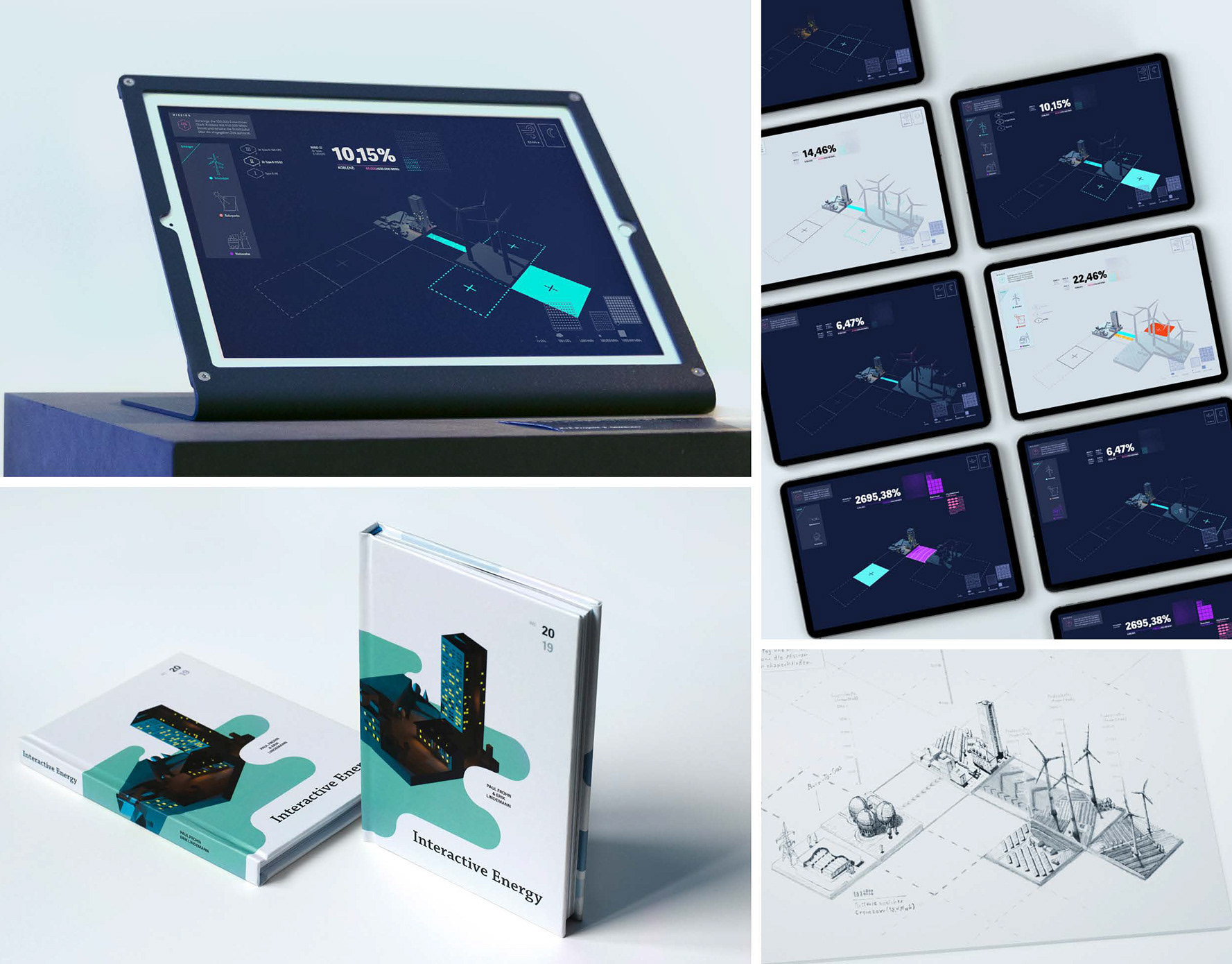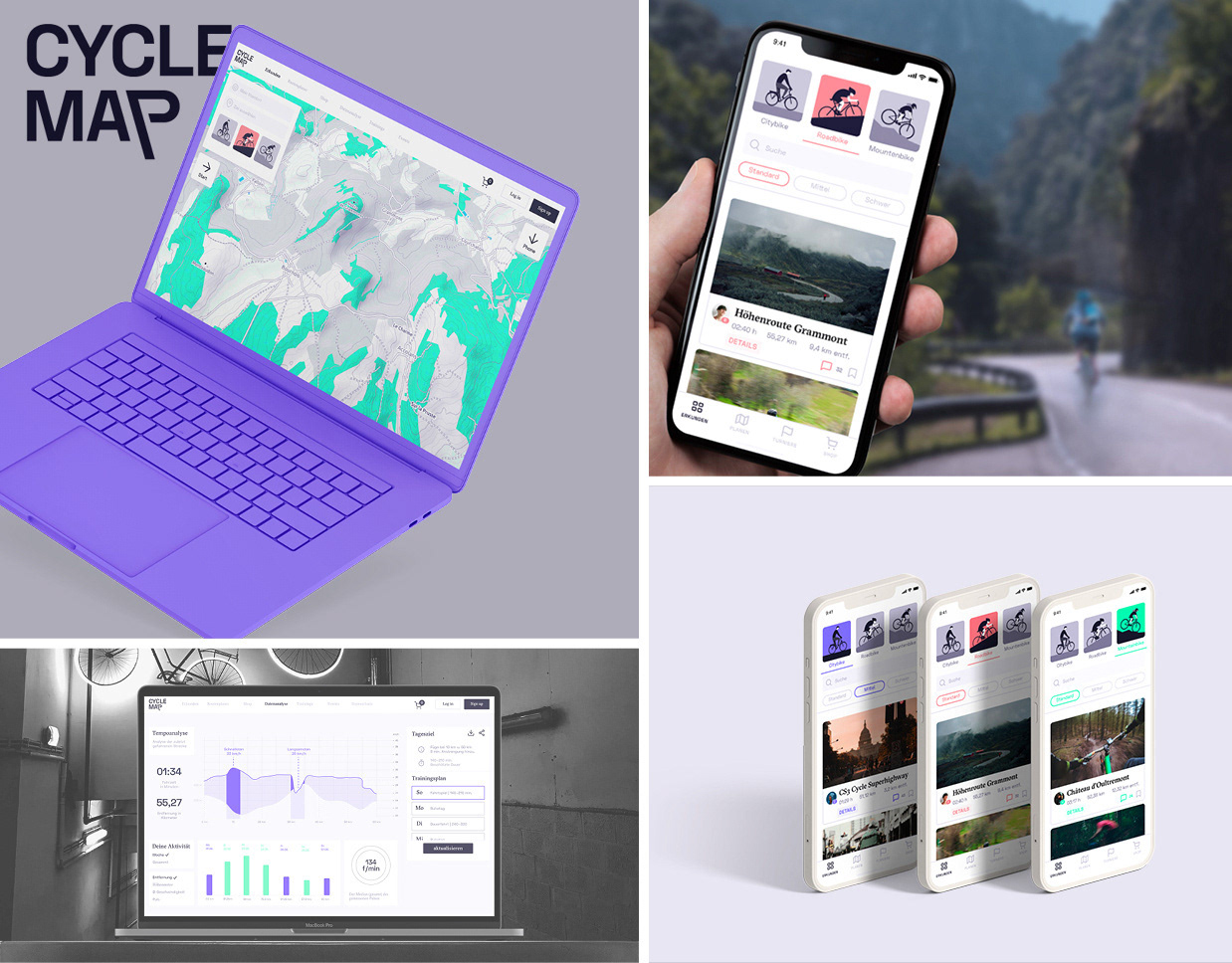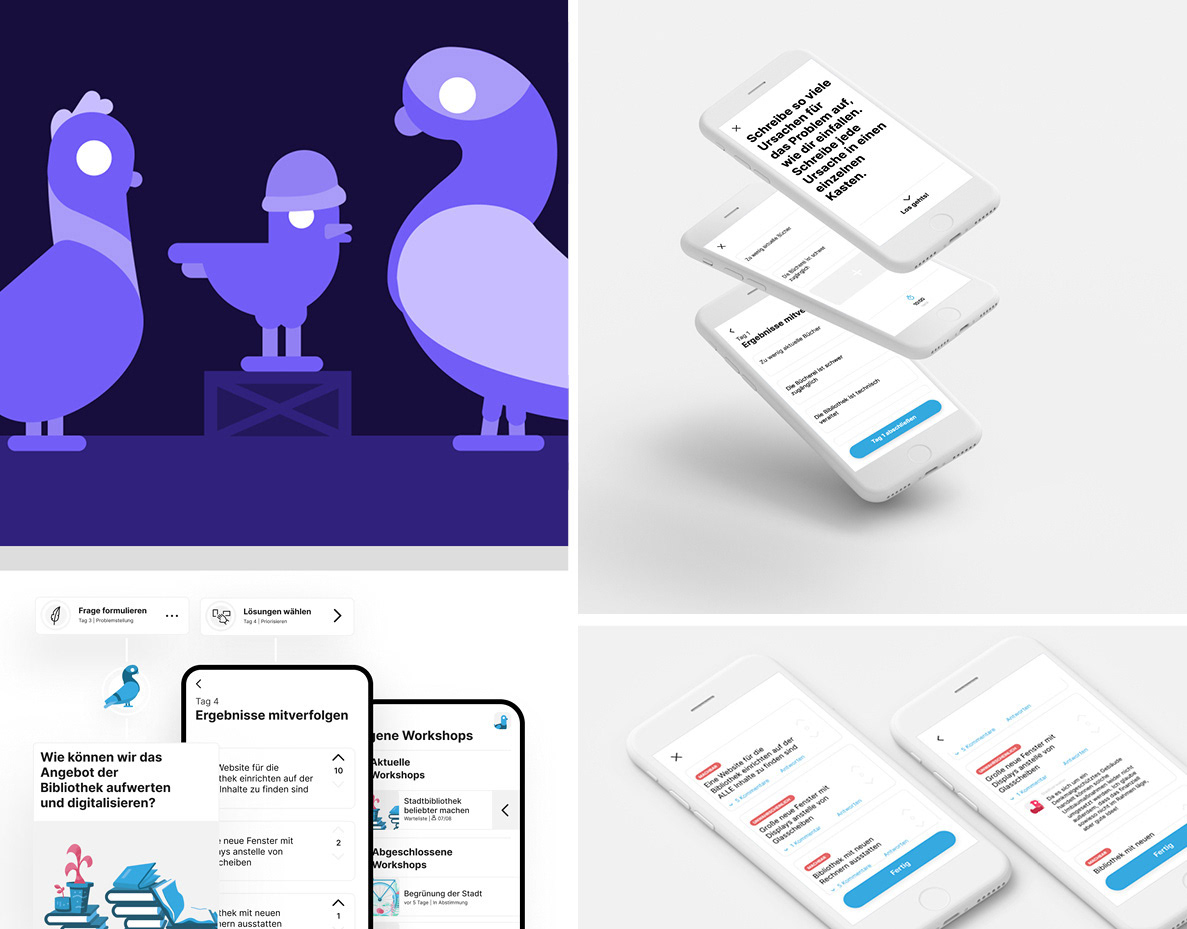Dialect regions combined with a pattern family.
The mapping of dialect regions is a transposition process from many different map sources, based on linguistic atlases and studies, which were developed by linguists to research the dialects in the individual federal states of Germany. This compilation of dialects at the federal level is intended to help to gain an insight into the diversity of the language.
An advantage of patterns is the possibility of a visual transformation, which helps to tear down the boundaries between regions that contradict the nature of language and create an organic transition.
The historical development of the dialects, which were in mutual linguistic exchange with expansive currents from neighboring countries, was also taken into account. Due to this fact, languages of neighboring countries were also integrated into the map with patterns, since they influenced and were influenced by the surrounding dialects. These areas were coded with the color red due to this special characteristic.
92 patterns were created in one family. During the discussion of the content and the selection of the dialectal areas, an attempt was made to use the smallest possible subdivision of the dialects to create a detailed map that does not simplify or falsify the complexity, but tries to depict all linguistic facets.


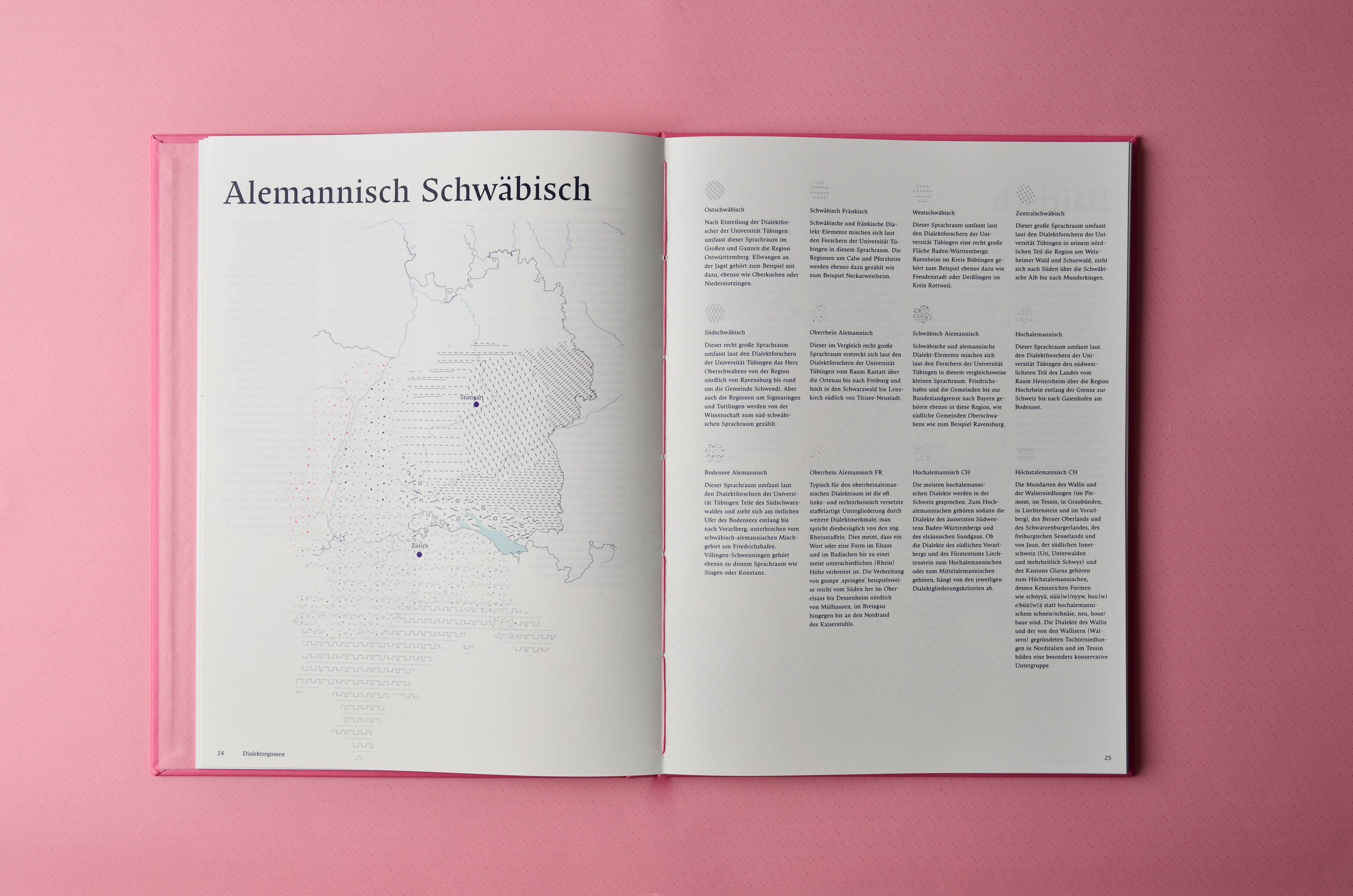
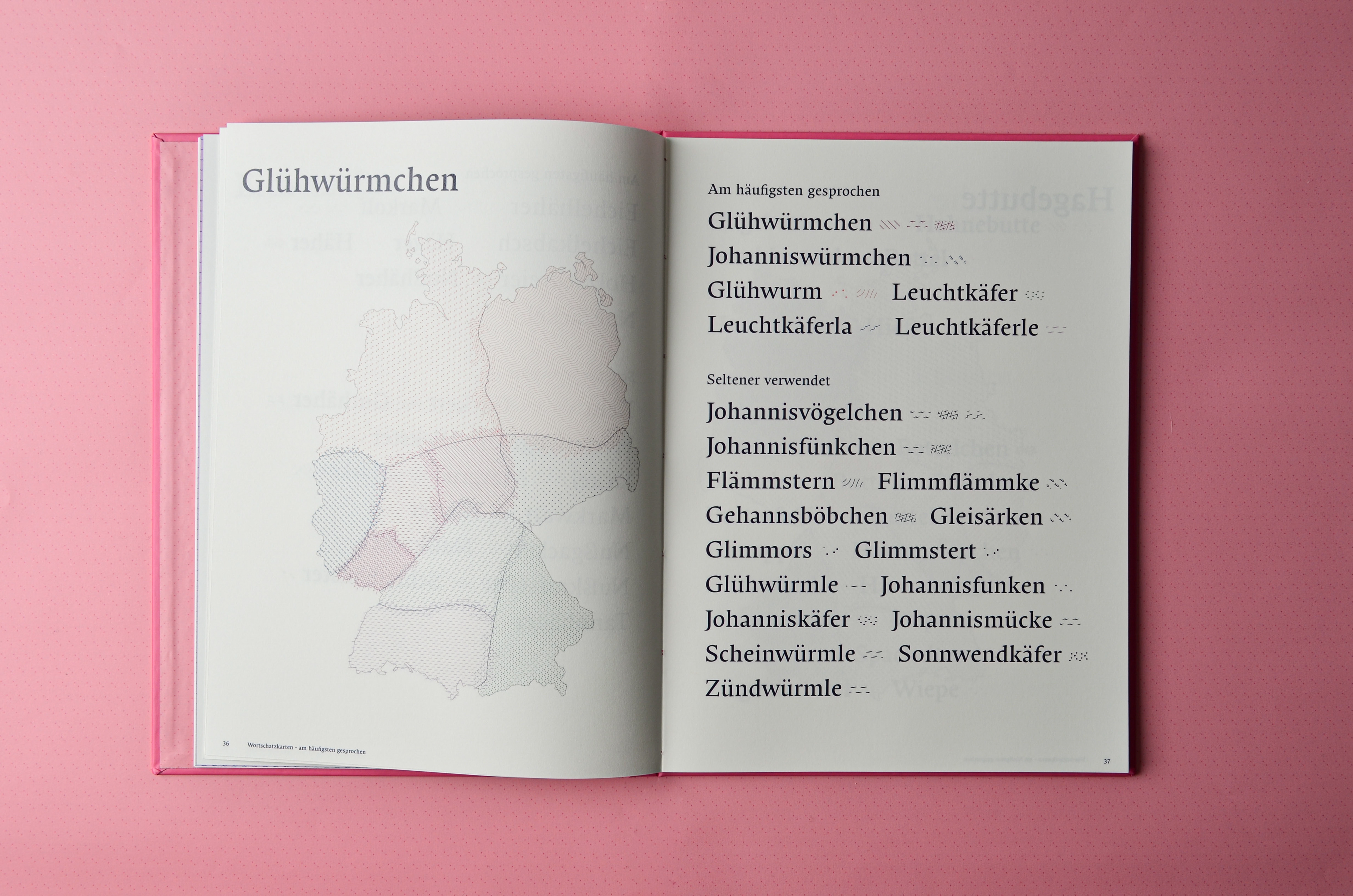

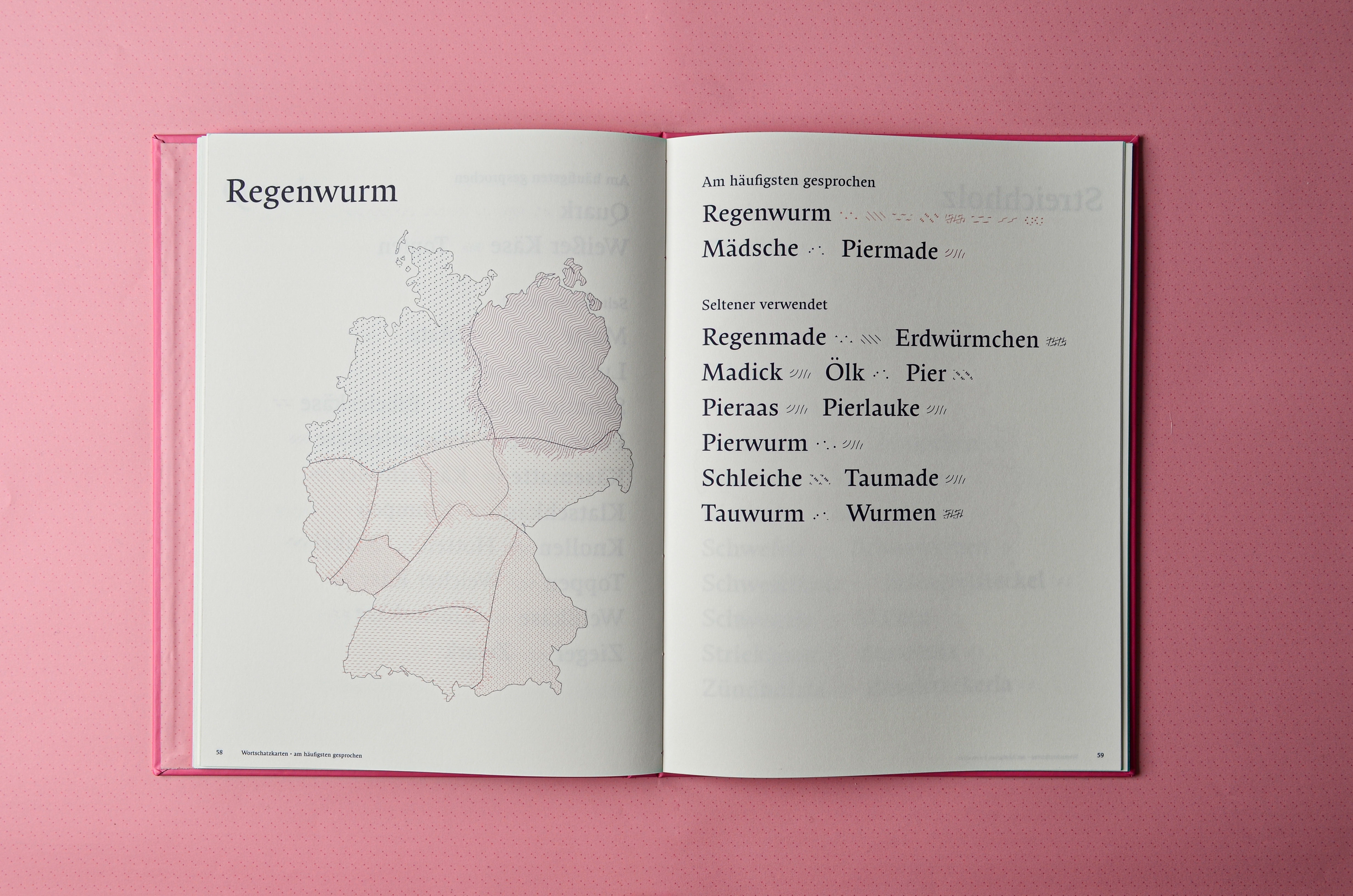
Historical and linguistic information is collected in short paragraphs. Varied words, which differ according to dialect, are also documented in the »Dialect Atlas«.
Dialects are often spoken rather than written. Even if we use the patterns to visually translate the speech sound of the dialect, the sound first shows us how a dialect really sounds.



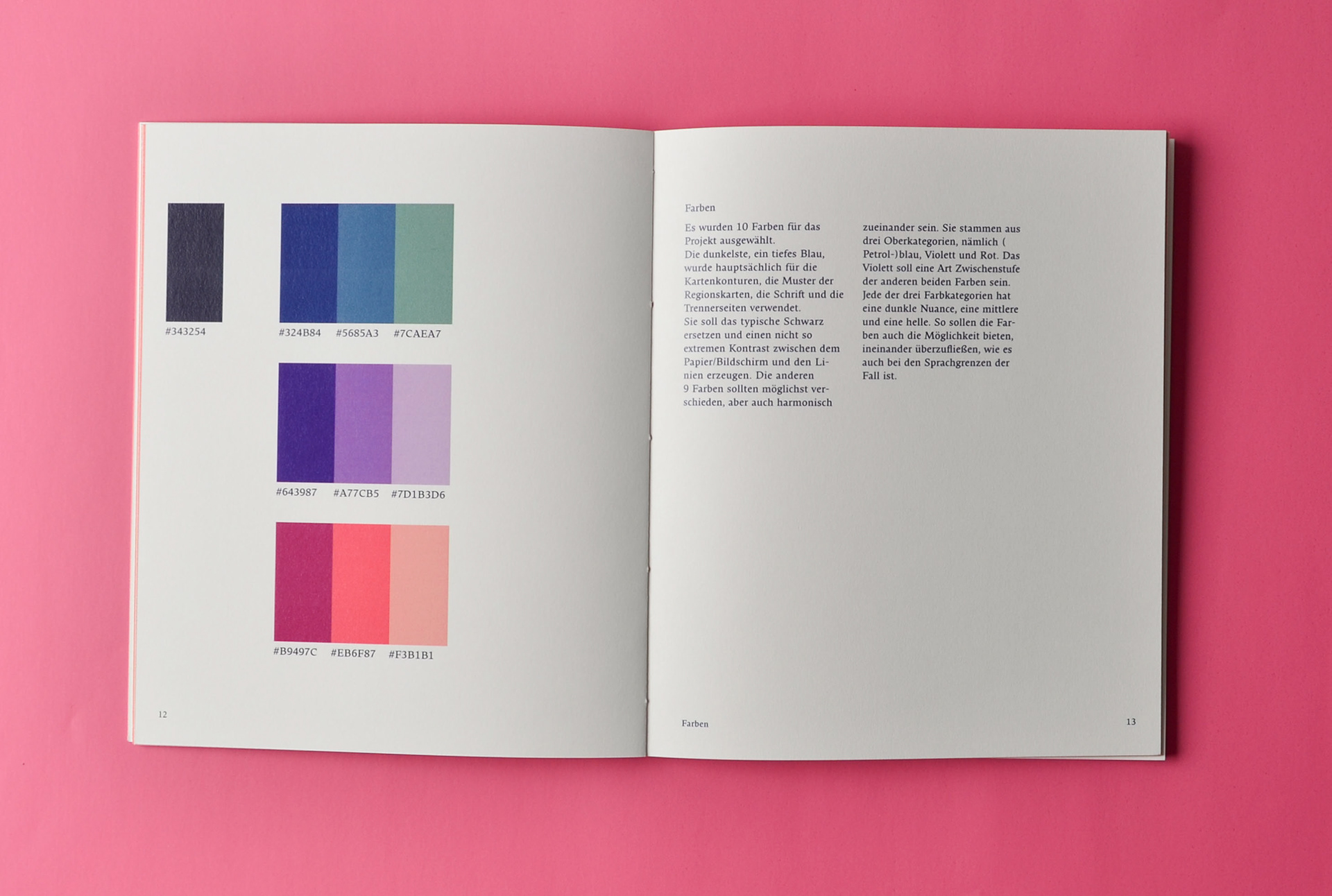


Concept book: Document of thoughts
The concept book documents central findings and thoughts. For example, the realization that the influence of one dialect on the neighboring dialects is massive in its effects. However, the provision of information only reached as far as the border of the respective federal state. Our dialect map and our atlas attempt to solve this dilemma with a trans-regional perspective.
Of the original 138 patterns, a selection was made in which 46 patterns were sorted out to achieve a higher quality.

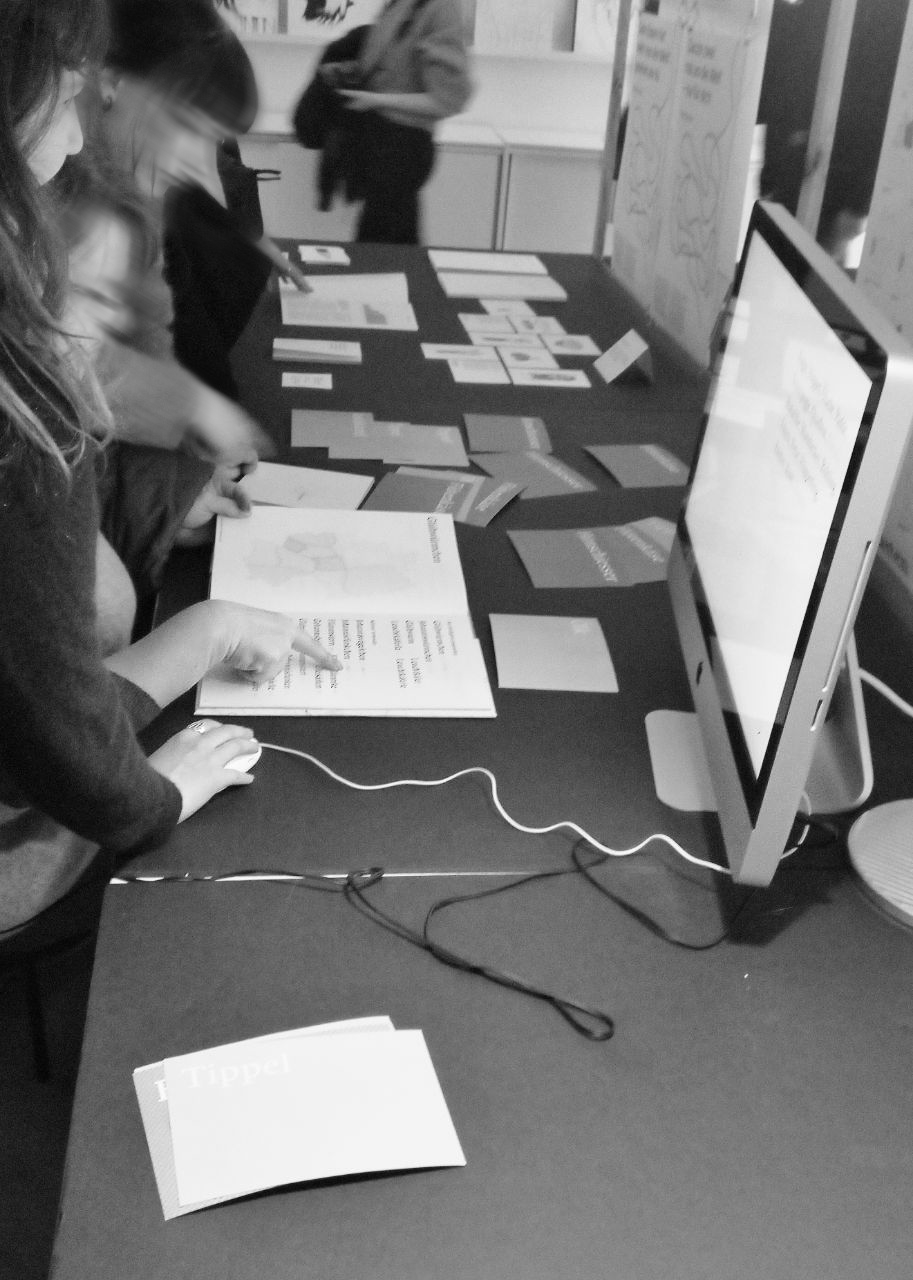
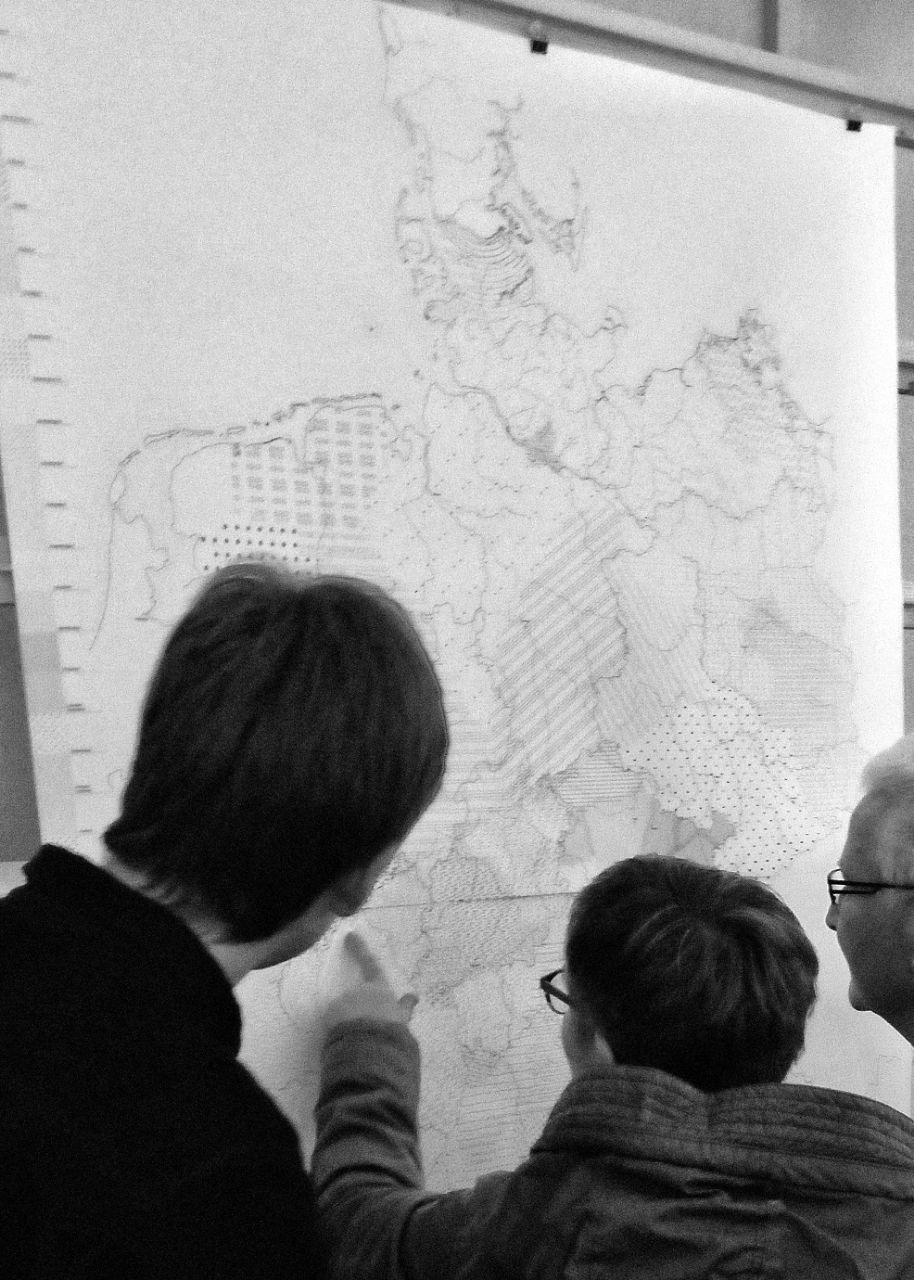
Impressions from the winter semester exhibition 2020 at university.
Division of work Paul Frohn concept, illustration, creator of the pattern family, editorial, layout, maps of dialect regions inside the »Dialect Atlas«
Rica Hürtgen concept, editorial, bookbinder, Layout of the »Dialect Atlas«
Luise Koscielniak concept, color, creator of Maps with the varied words
Finn Jacobsen concept, selector of typography, editorial of the concept book, creator of the interactive Audio program
© Paul Frohn, Rica Hürtgen, Luise Koscielniak and Finn Jacobsen in class by Prof. Ilka Helmig, Eva Kobinyi | FH Aachen 2020



